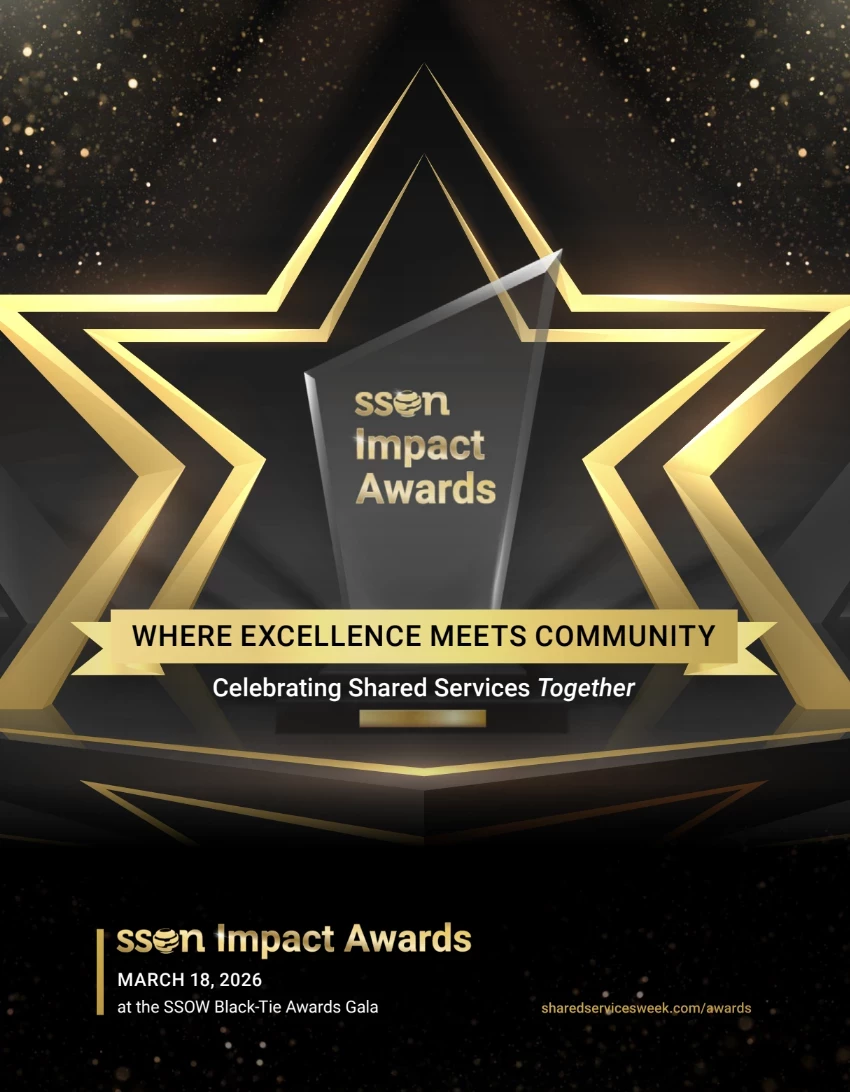Rain check: Navigating monsoons amid a pandemic
Rethinking BCP in the age of Covid-19 and monsoon season
Add bookmark
Navigating monsoons amid a pandemic
How should we reimagine our Business Continuity Plan (BCP) amid the pandemic, given that there is an above normal rain forecast in most regions of India this year?
This got me thinking and reminded me of the time when I was caught in the Chennai floods in 2015. I had flown down from Poland to Chennai for a work meeting. It had started raining heavily and as I reached my hotel, I got an email from a colleague informing me that their flight had been diverted to Bengaluru due to the incessant rains.
That’s when I realized that things were getting worse. However, panic really set in the next day when the roads in Chennai got flooded and staff at work couldn’t get back home. From finding ways to get supplies to colleagues stuck at work to supporting female colleagues with young children in getting back home–through large-sized vehicles like SUVs, boats or tractors–we did everything to ensure the safety of our people. We arranged wi-fi dongles to support work-from-home and moved people to guest houses, to ensure there was no dip in service delivery. Our BCP was tested to the brink! It was only a week or so later that things began to return to normal.
Get real time data from SSON Analytics' City Cube
City Cube houses more than 850,000 continuously-updated data points from 200+ public data sources blended with SSON’s proprietary data. Compare 3800+ locations across 18 variables, including: #Existing SSCs with industry, function and company revenue breakdowns; Talent Availability, including accreditations; Average Salaries; Job Market Competitiveness; Cost of Labour/Living/Overhead Operations; Currency Volatility; Tax Rates; Economics Freedom and Corruption Index; Ease of Doing Business; Flight Connectivity; and a new Global Health Security Index; plus much more. Find out more
Unfortunately, the incident was not an outlier for India. Over the past few years, an increasing number of cities have been inundated by cyclonic storms, flash floods, landslides and cloudbursts. Such incidents affect every aspect of enterprise operations; from infrastructure security to employee safety, from sales to supply chain, from productivity to profitability. UN estimates peg the average annual loss resulting from floods in India at USD 7.4 billion [see source].
Given the potential impact, many Indian organizations categorize monsoons as a high-risk factor in their BCP.
Rethinking the monsoon BCP strategy
Traditionally, remote work enablement is the first step in an organization’s monsoon response strategy. However, the situation we face this year is unique. Emergency response strategies need to be analyzed and adjusted to address potential challenges in a remote work environment during the monsoons. The challenge for organizations now is to prepare their BCP for weather or season-related risks against the backdrop of COVID-19.
The plan must be robust enough to respond to multiple emergency scenarios playing out simultaneously.
Based on my experience, below are few steps that can help shared services professionals navigate similar situations:
- Prioritize safety
Employee safety is the top priority. This year, most companies do not have to worry about the physical safety of employees on their premises. However, they should put plans in place to help employees prepare for waterlogging due to continuous downpours while they work from home. For instance, organizations could proactively send out emails and share information about weather-related warnings and safety tips to implement in a remote environment. They could also roll out action plans to help team members and their families get to safety in case of local evacuation orders.
Additionally, companies should have a plan to safeguard critical infrastructure and at-risk office locations. These steps need to be planned well since most companies are operating with minimal on-premise workforce strength. They may not have enough capacity, time and resources for on-the-spot protective actions.
- Ensure connectivity
Much like our lives, organizations are powered by electricity and the internet. More so in a remote environment, this is the backbone via which employees connect with customers, colleagues, and other members across the stakeholder ecosystem. Power and internet outages are a common occurrence in stormy weather. Further, continuous power supply and robust internet connectivity can be of little use if a company's server fails to perform during a disaster. All these factors can directly impact employee productivity, and by extension, an organization's bottom line.
While organizations make power and internet back-up investments at scale, the option might not be available at all employee homes. What can we do to ensure connectivity through the last mile?
- Prepare for supply chain disruptions
COVID-19 struck at the core of global value chains, severely impacting production networks. As the economy restarts, supply chains are returning to normalcy, albeit gradually. However, the onset of monsoon presents a new threat to service providers. Given the situation, it is a good idea for organizations to check their vendors’ availability and their preparedness for the monsoons.
Organizations should reach out to their current and alternate suppliers to discuss operational gaps and ways to operate amid cutbacks in transport arrangements, if any. Stakeholders could also pool their resources to explore the possibility of digitally connecting the entire supply chain.
Beyond work, organizations should endeavor to support their workforce in every way they can. For instance, during a deluge, workers may face challenges such as loss of assets, physical damage to their property or disruptions in their personal lives. They may also face limitations of resources (financial or otherwise) to recover from such losses.
By supporting them through these challenging times, organizations can demonstrate genuine care for team members.
Come rain or shine: The show must go on
The possibility of multiple crisis events coinciding is not far-fetched. Therefore, organizations need to integrate a resilient, monsoon-specific BCP into their COVID-19 response. A robust contingency strategy can minimize the threat of disruptions, shorten recovery periods, and ensure work continuity.
Beyond these immediate redressal steps, organizations need to wake up to the reality of the looming climate crisis. An increasing number of natural disaster incidents in India and elsewhere in the world are attributed to climate change. To combat this emergency and to curtail their carbon footprint, organizations should make sustainable practices a top business priority.
Join SSON's
Philippines Shared Services & BPO Event
August 12-13, 2020
NOW ONLINE
register here






















